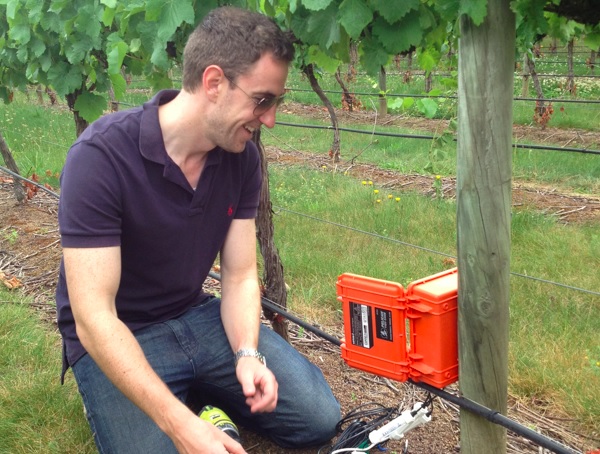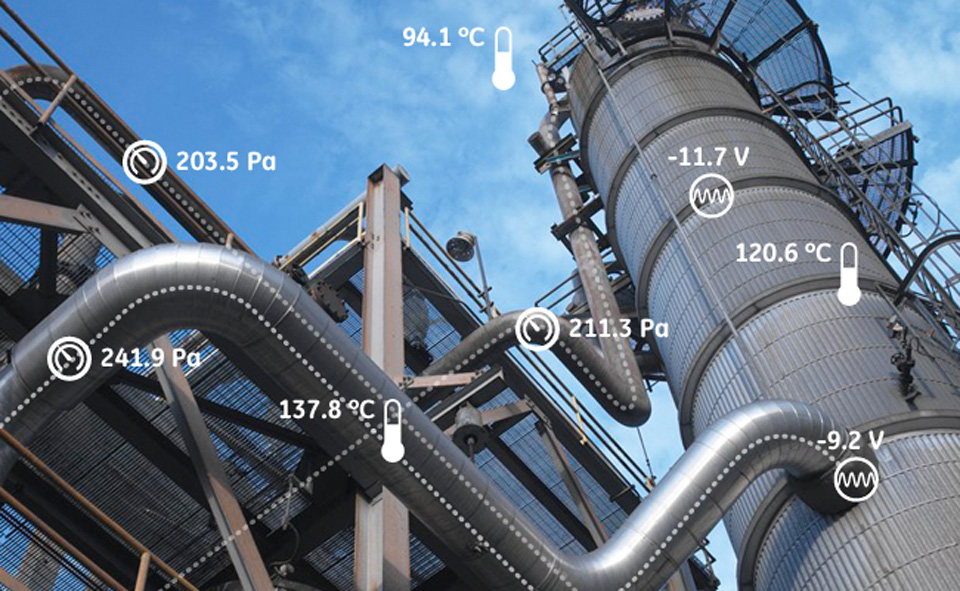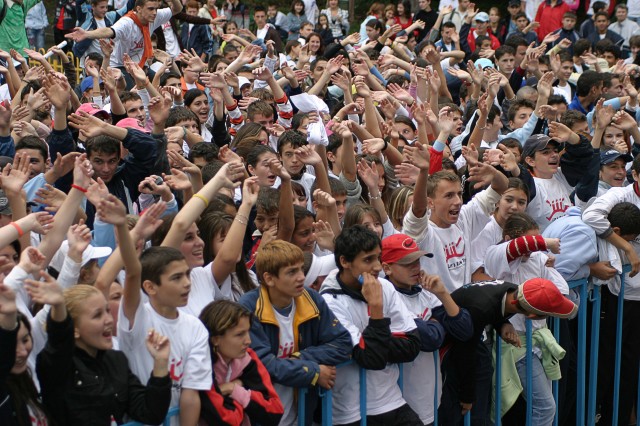The Internet of Things is a three legged stool of the consumer, enterprise and industrial applications says Vice President of GE’s software division, Bill Ruh.
“It’s about connecting machines, connecting people and driving a new kind of experience. For the consumer it’s a social experience, for the enterprise it’s a whole new way of how their IT departments running, in the industrial space it’s a revolution where we get to rethink how we operate.”
Ruh sees the IoT as being worth over 14 trillion dollars to GE over the next two decades, making it bigger than the other two legs combined.
Eliminating downtime
Most of that value comes from three areas; improved resource utilisation, operational optimisation and eliminating unscheduled downtime.
“The fact is downtime is expensive, for airline 41% of all delays and cancellations are due to mechanical errors. If we get rid of those your life gets better, my life gets better and the airline’s lives get better.”
“Zero unscheduled downtime doesn’t sound sexy but it’s one of the most profitable and sexiest topics ever.” In this Ruh agrees with Salesforce’s Peter Coffee that eliminating outages is a key part of delighting the modern customer.
Ruhe sees that the industrial sector hasn’t used IT and the internet well in the past, “RFID was going to change the world and it didn’t, we saw smartgrids were going to be the biggest thing and it didn’t achieve a lot of the hype that people saw.”
“Now the technology is aligned not just with technology for technology’s sake but to an outcome that leads to growth for an industrial sake.”
An example of the operational efficiencies that Ruh is particularly proud of is GE’s PowerUp technology that promises to improve the output of wind turbines, “it is a series of technologies used to analyse information about every wind turbine on a farm and to dynamically adjust each and every one to optimise the wind speed.”
“When you do that we’ve found we can generate up to five percent more electricity per wind farm because of software, which adds twenty-five percent more profitability.”
“In the next generation of wind turbines all this kind of software is going to be embedded in it from the design phase through to the operational phase,” Ruh says. “It’s going to change how our customers are going to operate wind turbines.”
Building digital twins
Another aspect Ruh sees with the changes is how machines and data will work together where equipment or parts are shipped with a ‘digital twin’, a software representation of the device that lets the customer test scenarios on their computers.
“I can now do ‘what if’ analysis on that machine using its data and that’s going to change how things work. That takes everything from 3D modelling, to manufacturing, to maintenance to operations.”
Building on domain knowledge
Ultimately Ruh sees GE’s strength with the Industrial Internet being the company’s domain knowledge, “this world is different and you cannot come from outside and pretend you’re going to learn it as you go.”
“The way people buy equipment is totally different, we have equipment that’s eighty years old and we still support it. That’s totally different from the software world.”
Similar posts:




